A toy is an object used for entertainment. It comes in various forms, shapes, and sizes for different genders and age ranges. While toys are typically designed for kids, there are some for adults. Toys can be used for cultural awareness, academic education, and physical exercise. As a means of cultural awareness, toys can help kids understand their background and culture. As a means of academic education, toys can help children learn, like abacus toys. Toys can be made of wood, plastic, clay, or paper. There are also smart toys available. All of these toys come in different forms and have their purposes. You can buy wholesale toys if you run a daycare, creche, or kindergarten to keep kids busy and entertained. You can buy them from wholesale toy distributors. Some examples are teddy bears in bulk, bulk stuffed animals, and bulk popit toys.
Types of Toys
There are four categories of toys for kids: development toys, cause-and-effect toys, puzzle toys, and sensory toys. Each of these categories has different sub-toys. Development toys - Some examples of development toys for kids are musical instruments, cardboard and wood blocks, rhyme and story recordings, engineering Ferris wheel, squirrel, toy house, colorful teeth, and rattle toys. Cause and effect toys are pop-up toys, gravity and momentum toys, pounding and rolling toys, light-up toys, car ramps, lego toys, marble towers, and kitchen/cooking toys. Some examples of puzzle toys are peg puzzles, Rubik’s cubes, wooden puzzles, shape sorters, and jigsaw puzzles. Examples of sensory toys are mini trampolines, stepping stones, water or sand tables, stretch balls, fidget toys, stuffed animals, stretchy animals, silly bands, and sensory bins. Other toys include stuffed teddy bears, funko pops, and action figure toys (soldiers, power rangers, etc.).
How to choose the right toy for kids
There are different factors to consider before choosing the right toy for your kid. You must consider their age, gender, likes, personality, and development stage. These are important in deciding what toys will spark the right response in your kid. For instance, a kid between 1 to 2 years old will respond better to a cause-and-effect toy as their actions prompting a reaction will excite them and further increase their curiosity about life. Examples are shape sorters, stacking rings, and rubber ducks. The best toys for kids between 2 to 3 would be toys that help build their motor skills, like puzzles or block-building toys.











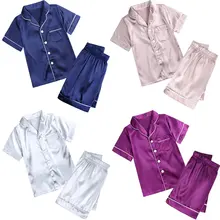

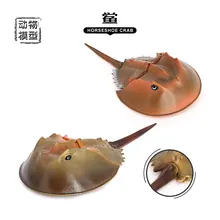
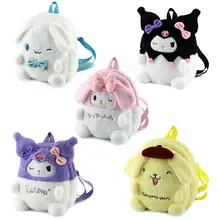




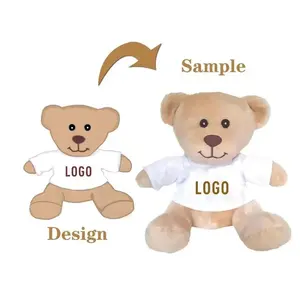
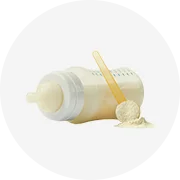

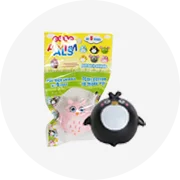
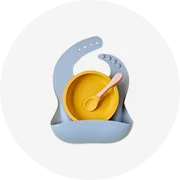
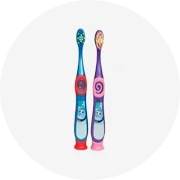
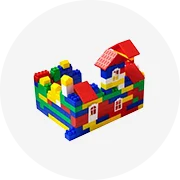
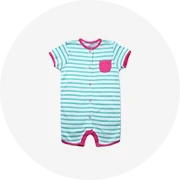
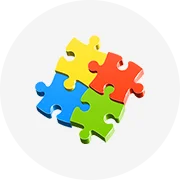
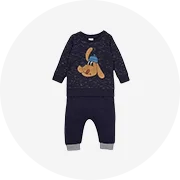
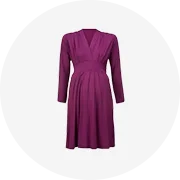
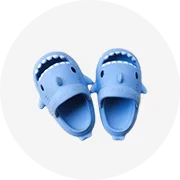
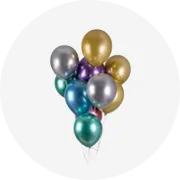
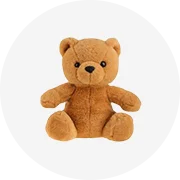
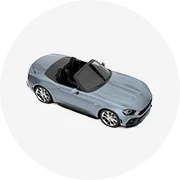
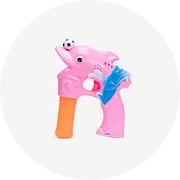








 浙公网安备 33010002000092号
浙公网安备 33010002000092号 浙B2-20120091-4
浙B2-20120091-4